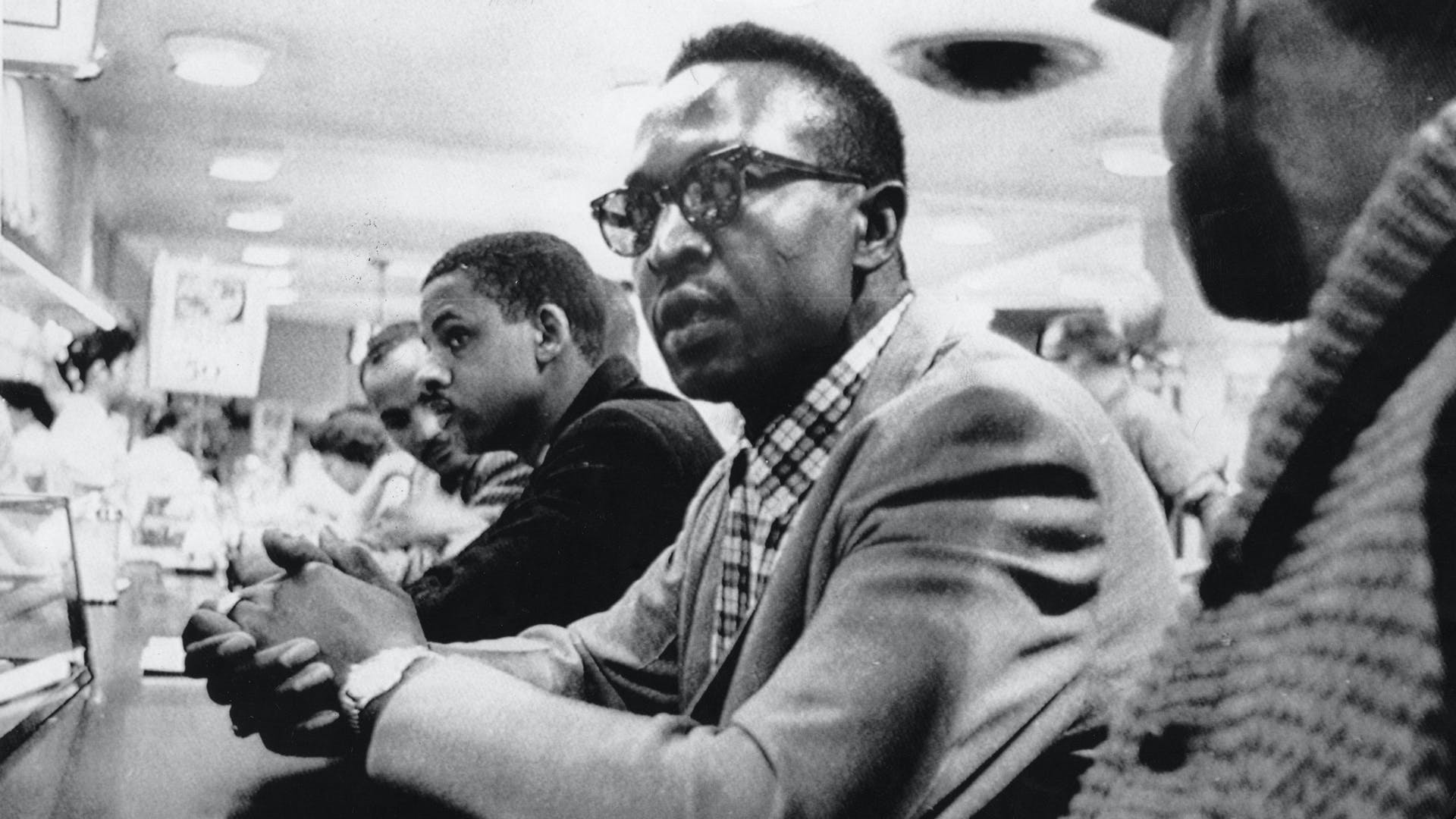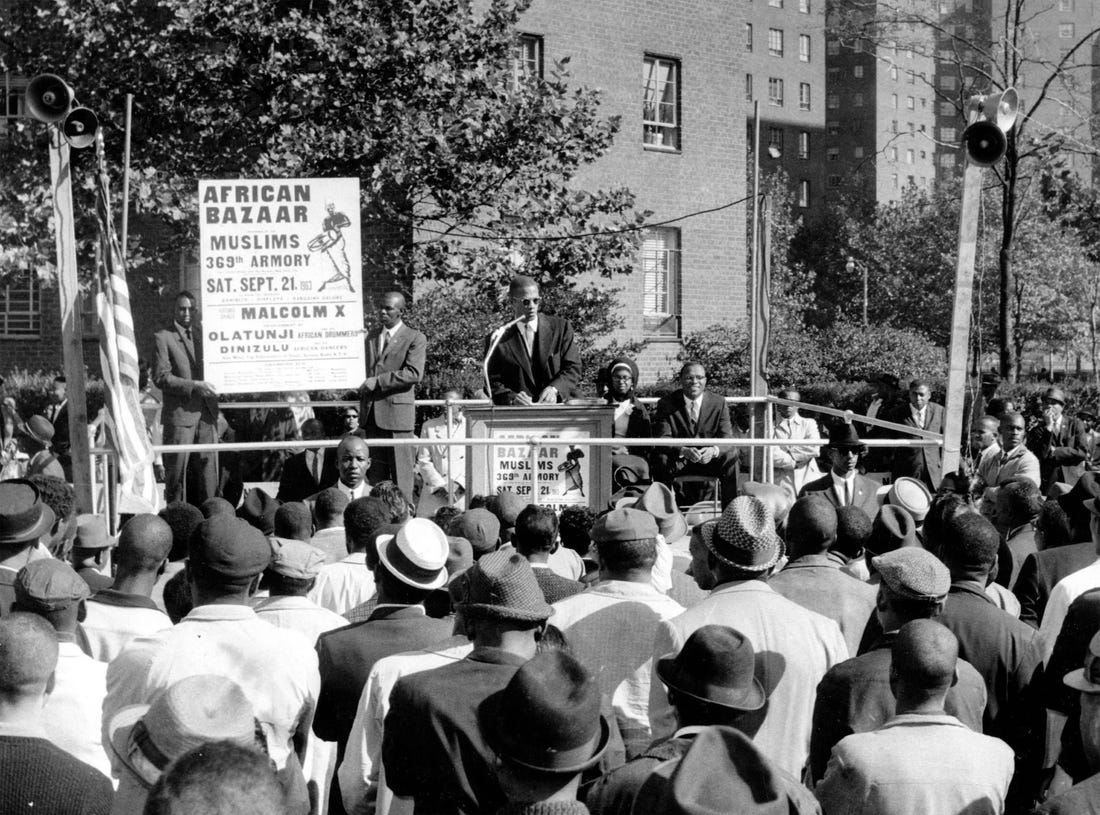The Greensboro Sit-in-Movement
Segregation was a huge problem in the 1960’s and four freshmen college students decided that enough was enough and this needed to be fixed. They knew they needed to communicate to the public these issues in our world. The sit-in was organized by Ezell Blair Jr. (later Jibreel Khazan), Franklin McCain, Joseph McNeil, and David Richmond—all African American students at North Carolina Agricultural and Technical State University in Greensboro.

Keith Orr; Non-violent protestors being treated horribly.
History 1960; The Greensboro Four, sitting at the lunch counter waiting to be served.
Influenced by the nonviolent protest techniques of Mohandas Gandhi, and the journey of reconciliation organized by the Congress of racial equality, the four men executed a plan to draw attention to racial segregation in the segragated south. Enlisting the aid of Ralph Johns, a local white businessman who was sympathetic to their cause, the students, who came to be named the Greensboro Four, planned their social action in great detail.
"The group is seeking luncheon counter service and will continue its push 'several days, several weeks... until something is done."
~ Ezell Blair Jr. and Franklin McCain
The sit-in, an act of civil disobedience, was a tactic that aroused sympathy for the demonstrators among moderates and uninvolved individuals. African Americans (later joined by white activists), usually students would go to segregated lunch counters, sit in all available spaces, request service and then refuse to leave when denied service because of their race. Eventually, the hope was to one day be able to be served and eat, but also to be equal and start the steps toward equal rights for everybody.

Business Insider 1963; Malcolm X at a rally.
The sit-ins were a form of nonviolent protesting, that still communicated change, but without violence. Unlike Malcolm X, who approached the fight for equality violently, the Greensboro Four were inspired by the nonviolent protests of Gandhi. Malcolm X believed that the only way to achieve change was through violence, and he encouraged his followers to go against white aggression "by any means necessary." This way of protesting went against what Martin Luther King Jr. and the Greensboro Four were trying to do, and how they were trying to communicate their message.
"Non-violence is the greatest force at the disposal of mankind. It is mightier than the mightiest weapon of destruction devised by the ingenuinty of man." ~Mahatma Gandhi